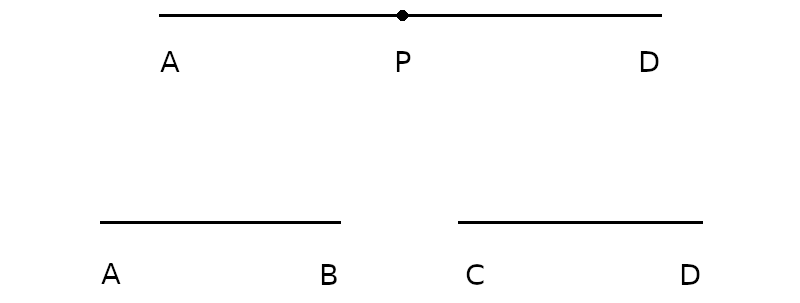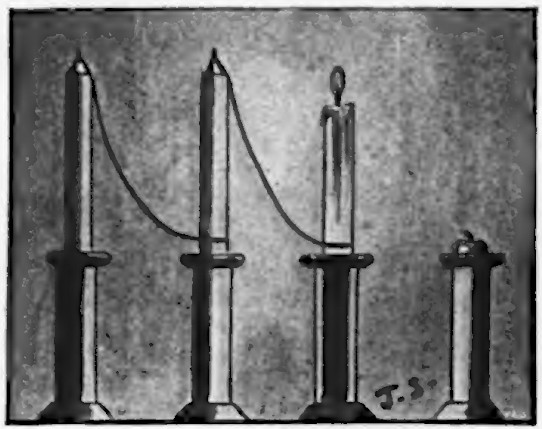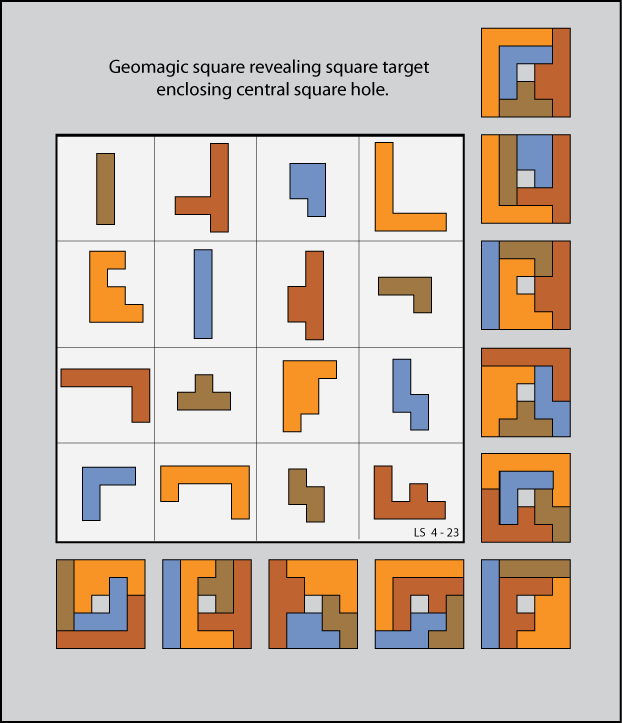In a friendly competition with linguist Richard Lederer in 1990, Bruce Monrad, a student at St. Paul’s School in Concord, N.H., produced an 11-word “supersentence” — “a single sentence that includes one example of each of the four phrases and three subordinate clauses that are identified in English grammar. These are: prepositional phrase, participial phrase, gerund phrase, infinitive phrase, adverb clause, adjective clause, and noun clause”:
Whoever rebels, daring oppose by fighting when oppressed, which overcomes, conquers.
Dave Morice labels the parts here. Lederer notes that the adjective clause, “which overcomes,” is a dangling modifier. “Still, I have never been able to improve on Bruce’s effort.”
(Richard Lederer, “The Glamour of Grammar,” Verbatim 16:4 [Spring 1990], 5-6.)





